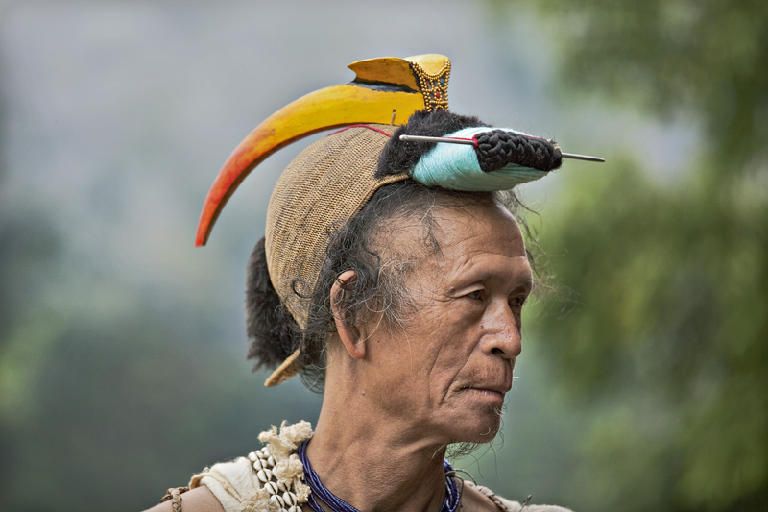The Sonowal Kacharis
The Mongoloid Sonowal Kacharis are one of the Scheduled tribes of Assam. Their population is found mostly in the districts of Tinsukia, Dibrugarh, Sibsagar, Jorhat, Golaghat, Lakhimpur and Dhemaji. The Sonowal Kacharis have their own traditional culture. They have traditional house pattern, food, dress, religion etc. Animist Sonowal Kacharis believe in supernatural powers. They try to appease all benevolent and malevolent deities of their own. They have also several worshipping place called thaan. Fowls, ducks, goats, pigeons are sacrificed and offered in these thaans. Religious system of the Sonowal Kacharis is of two kinds such as community and household worships. They worship a large number of deities. To maintain peace in the family and wishing good luck they held household deities and for the welfare of the whole villagers they held community worship. Some religious ceremonies of the Sonowal Kacharis are -Khiring Khiring Baitho Puja, Baghdeo Puja, Gatigiri Puja, Gajai Puja, Swaragdeo Puja, etc. But though they have traditional religious rites yet they accepted initiation at Auniati Satra during the rule of Ahom king Gadadhar Singha. Gadadhar Singha took an anti Satra policy for which Keshabdev had to take shelter at Sadiya. During this time the Sonowal Kacharis and the Micimis of this area took initiation from Prabhu Keshabdev. As a result of the acceptance of Vaishnavism by the Sonowal Kacharis many new socio-religious changes has come to their society. Besides Vaishnavism other social processes such as acculturation, accommodation, diffusion, modernisation etc. also has been influenced the society of the Sonowal Kacharis.

